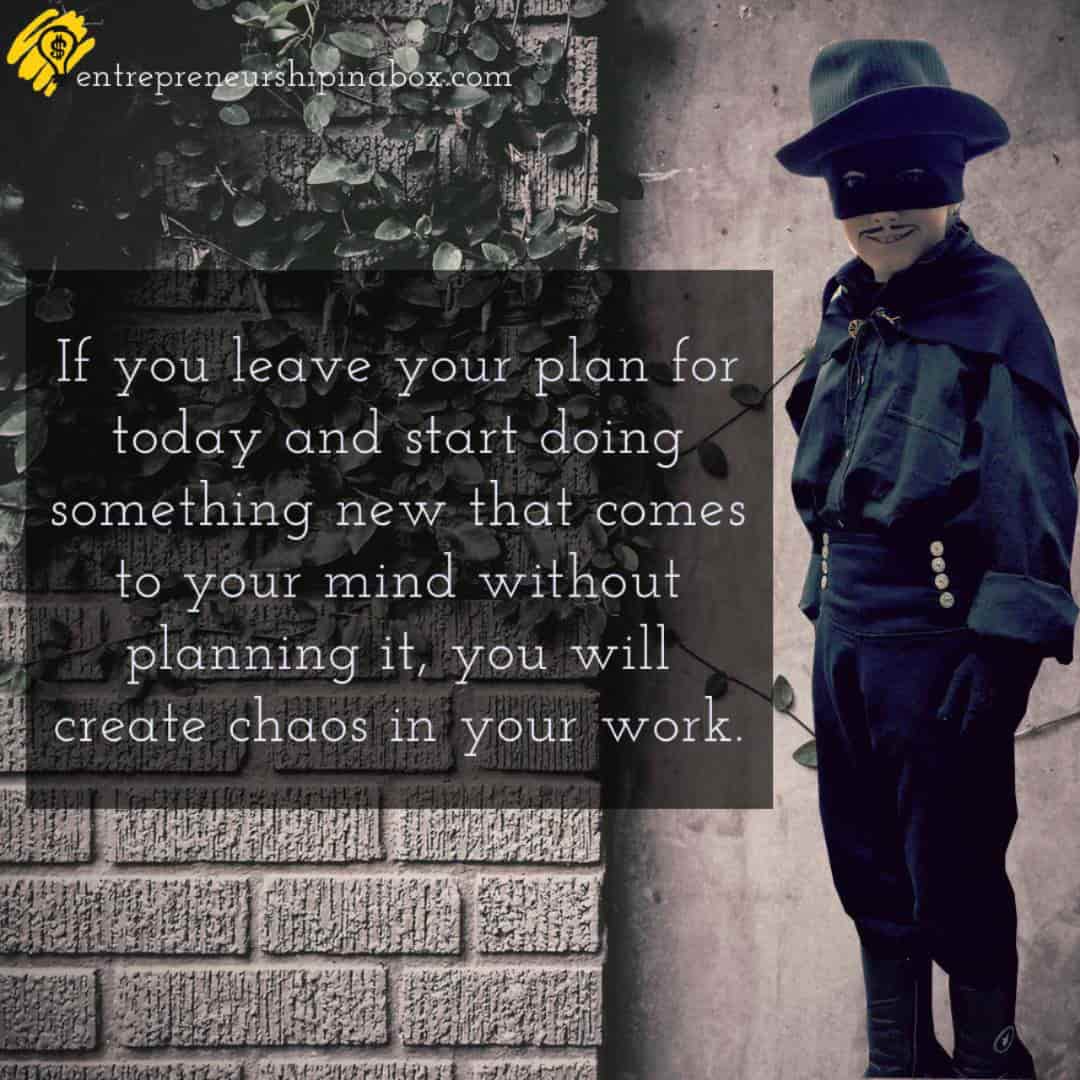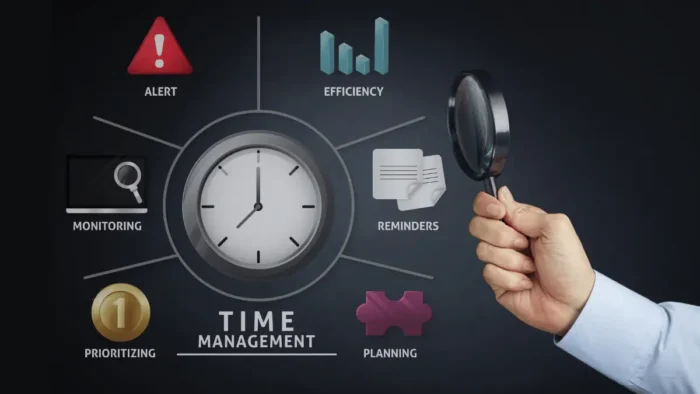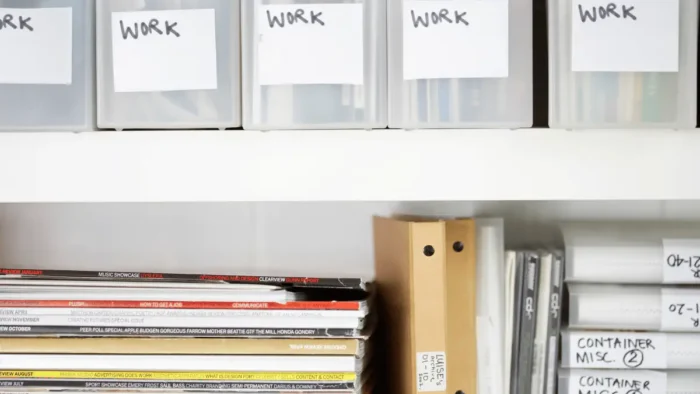For most people, there’s no way they can achieve everything they want to in this life. That’s okay. You don’t need to do it all, you just need to do what is important for you and your business.
To do or not to do something is a question that comes up with each and every decision, you make in life. It is a big question and it makes it clear how much importance you put on this decision.
Do you find yourself in a position where you need to decide about do you must do something or not now? Are you a highly productive person who can decide about to do or not to do something?
This is probably one of the most difficult decisions that you need to make in your average workday.
You know that there are too many things that you need to do in one particular day, but things continue to come around you, and you simply need to make that difficult decision, to do or not to do something. In such a situation you will need to organize yourself.
Sometimes you have a great plan or to-do list for today, and you receive an important call from your partner who tells you that there is a great opportunity for your business. You already have a to-do list that arranges your whole day. What will you do? Leave everything and jump into the opportunity that your partner told you? This produces a big dilemma.
Why Does This Dilemma Happen to Me?
One simple answer to this question is that you are the person who allows that to happen. If you don’t receive that call at the moment when you work on something important on your to-do list, simply you will not have such a dilemma.
On the other hand, if receiving calls from your partner is something with the biggest priority on your activities, then you don’t have a dilemma, you need simply to leave everything and go do whatever your partner told you.
But, what about if the call is from other persons? What about if you receive email messages? What about if you receive the Facebook message?
All of that will be possible because you don’t have your own productivity system to cut all possible distractions when you work on your to-do list where you have important stuff to be done today.
Again, there is another side of the funnel. If you leave everything and jump into the new priority, probably you don’t have high-priority tasks on your to-do list.
In each of these cases, you need changes in your system, you need improvements.
Do You Really Need to Leave Everything?
The first question that logically needs to come to your mind is: do you really need to leave everything on which you work at the moment? Once something happens, you have to do something. You need to decide what to do or not to do.
The solution to the problem is to have the ability for quick prioritization of what is the next thing with the number one priority that you need to do. With the prioritization system, you can quickly decide what is best for you.
If the call from your partner is really a high priority and with bigger priority from everything else on your to-do list, then you can simply decide to leave everything and jump into the new direction of doing things now.
Sometimes this can be very messy for the rest of your working day, but again, you are the person that allows happening.

How to Escape the Dilemma?
If you decide to leave your plan for today and start doing something new that comes to your mind without planning it, you will create chaos in your work. The tasks scheduled for today will be postponed, everything else will be late for accomplishments. You will need to stay more on work if you want to finish what was planned for today.
The simple solution is to escape such a situation. But, the question is how?
Here are some ideas on how you can improve yourself and escape the dilemma regarding to do or not to do something:
1. High priority and low priority tasks
The first step is to establish a priority order for your to-do list. This means deciding which items on the list are high priority and which items are low priority. You’ll be able to see where you can make the most significant impact in the shortest amount of time. Once you’ve determined the priorities, prioritize each task. The process will help you determine where to allocate your time.
Your to-do list needs to have a clear difference between high-priority and low-priority tasks for today. If you know what is a high-priority task for you and you start working on that task first, you will know that everything else doesn’t need attention from your side.
2. Eliminate distractions
The second strategy is to eliminate distractions. It means creating a distraction-free environment.
Suppose you found yourself scrolling through Facebook, Twitter, or email while working on important things. It’s easy to see why this can be so effective. To combat this issue, make it your goal to create a distraction-free space on your computer or phone where only the one thing you’re trying to accomplish is allowed in.
We all know what distracts us. We’ve all had to use self-control at some point, often when we’re feeling stressed. You can eliminate distractions to focus on what you want to accomplish. What are the things in your life that take you away from what you really want to do right now? This is the time to think about eliminating these distractions to be more productive and focused.
When you work on high-priority tasks eliminate every possible distraction that can happen. Because you already know that everything else doesn’t need your attention when you work on your high-priority tasks, you can simply eliminate everything that can take your attention from your current work. That means working without phones, without email, without social media, without possibilities for someone to come to you and disrupt you.
3. Last thing to do – low-priority tasks
As soon as the last high-priority task in your to-do list is done, the to-do list should be cleared and only with low-priority tasks. But, if there’s nothing else on your to-do list, probably you’ve wasted time and energy on something that’s not going to get you anywhere. This means you have the wrong prioritization system in place, and you need to change it.
You can easily fall into thinking that you can’t possibly get anything done for your work. Still, the reality is that there are things that you can do and should be doing that simply aren’t as important as the things that you do think are. Low-priority tasks can be a bit tricky. They don’t feel like they are a low priority. In fact, they often feel like they are the most essential thing that you have to do in your work. Still, when you make a list of all the things you need to accomplish, they start to look like they are all pretty important after all.
When you finish with high-priority tasks then you can check all previously excluded tasks. It’s never late to jump in another high-priority task, but only when you finish each priority scheduled for today. The low-priority tasks can be done tomorrow.



